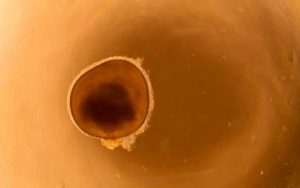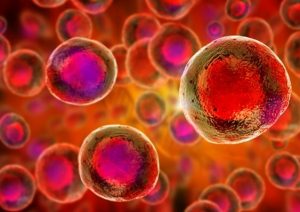Duke researchers create working muscle tissue out of stem cells
“Duke scientists have developed working human muscle tissue from stem cells, edging closer to creating more personalized therapies for disease.
The researchers—led by Nenad Bursac, professor of biomedical engineering—converted pluripotent stem cells, which are a class of cells that can be induced into almost any cell type in the body, to muscle tissue using a carefully coordinated chemical system.
“There are different types of muscular diseases,” Rao said. “With [induced pluripotent stem cells], we can take skin cells and then convert them into iPS cells, and then convert them into muscle.”
Historically, diseases such as muscular dystrophy have been difficult to study, since it has not previously been possible to grow and maintain functional muscle tissue in the laboratory. Although Bursac and his team are still fine-tuning their platform, they are excited by the possibility of studying muscle diseases with a model that could be subjected to function and drug-targeting tests for research.
With the new functional muscle platform, researchers could one day tailor therapies for patients by recreating their diseased muscles and testing them against different drug candidates, Bursac explained.
“Being able to study these muscles in 2D or 3D culture systems show [functional] features of diseases,” he said. “And so in this moment we are having a development of disease models for different genetic diseases, and then trying to test some drugs or chemicals and compounds or even gene therapies that could be able to correct or halt the disease.”
iPS cells have been studied alongside embryonic stem cells in prior research. However, scientists have largely moved away from using the latter because of ethical concerns. In addition, Bursac noted, embryonic stem cells cannot provide the same level of precision and consistency when used for study since they come from embryos unrelated to patients…” – article by Vir Patel












